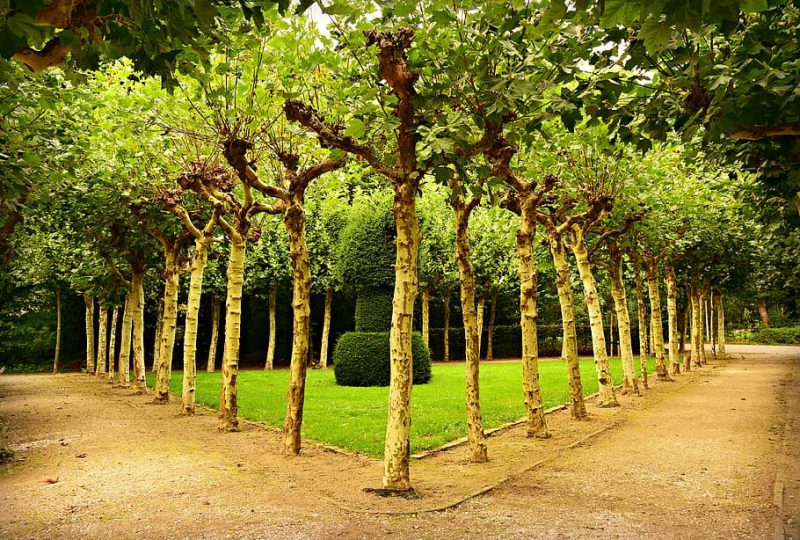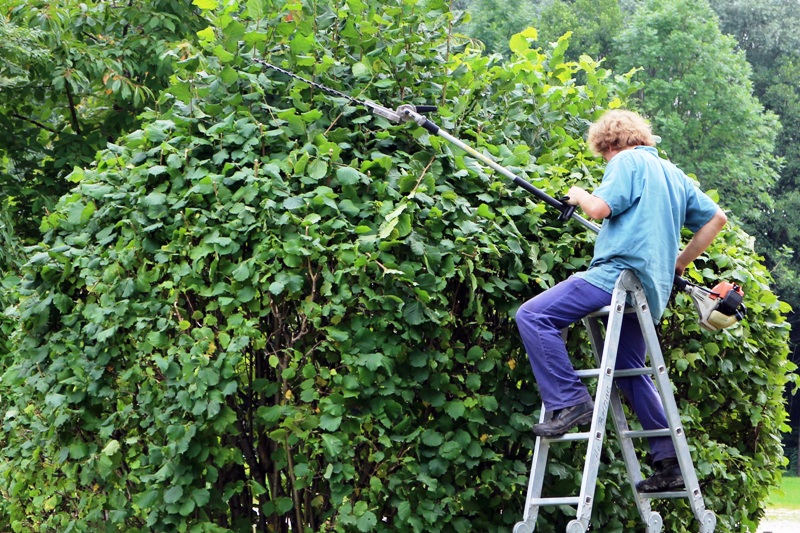Ornamental trees grace our landscapes with their elegance and charm. They’re not just there for shade or environmental benefits; they contribute to the beauty of our outdoor spaces. Trimming these trees is an essential practice to maintain their aesthetic appeal and overall health. In this guide, we’ll explore the purpose of trimming ornamental trees and why it’s a task cherished by gardening enthusiasts.
Enhancing Aesthetics
One of the primary purposes of trimming ornamental trees is to enhance their aesthetics. Proper pruning can shape the tree, remove dead or overgrown branches, and create a visually pleasing form. Well-maintained trees add to the overall beauty of your garden, making it a more inviting and enjoyable space.
Promoting Health
Trimming is not only about appearances; it’s also about the tree’s health. Regular pruning can remove diseased or infested branches, preventing the spread of problems and enhancing the tree’s vitality. It allows for better air circulation and light penetration, reducing the risk of fungal diseases.
Encouraging Flowering
Many ornamental trees are prized for their blossoms. Trimming can stimulate flowering by removing obstacles like dead wood and promoting new growth. This results in an abundance of colorful blooms, transforming your garden into a captivating spectacle during the flowering season.
Controlling Size

Ornamental trees need to be the right size for your garden space. Trimming helps control their size, preventing them from overshadowing other plants or structures. It also ensures they don’t become too tall or wide for your landscape, maintaining a harmonious balance.
Shaping and Form
The art of topiary involves trimming ornamental trees into distinctive shapes and forms. This creative aspect of trimming allows you to shape your trees into anything from geometric designs to whimsical animal figures. Topiary is a unique way to express your artistic vision in your garden.
Preventing Hazards
Overgrown and untrimmed trees can become safety hazards. Their branches may pose a risk of falling, especially during storms or strong winds. Proper pruning reduces the chances of branches breaking and causing damage or injury.
Encouraging New Growth
Trimming stimulates new growth, making your trees denser and healthier. It encourages the development of new branches and leaves, contributing to the tree’s overall vitality.
Ensuring Longevity
Regular trimming is an investment in the longevity of your ornamental trees. By addressing issues promptly and promoting healthy growth, you can extend the life of these beloved additions to your garden.
Disease and Pest Management
Trimming plays a crucial role in disease and pest management. It allows you to remove affected branches, reducing the spread of diseases and infestations. Additionally, it helps you inspect your trees for signs of trouble, such as discoloration or unusual growth patterns.
Personal Expression
Trimming ornamental trees is a form of personal expression in gardening. It allows you to sculpt your garden according to your taste and style. Whether you prefer a well-manicured look or a more natural, organic feel, trimming gives you the power to shape your outdoor space as you desire.
Seasonal Maintenance
Different seasons require different approaches to trimming. Spring and summer are ideal for shaping and promoting new growth, while fall and winter are suitable for removing dead branches and controlling size. Following a seasonal trimming schedule ensures your trees receive the care they need year-round.
Improving Sunlight
Trimming helps improve sunlight exposure to different parts of your garden. By strategically pruning branches, you can direct sunlight to areas that require it, allowing for the growth of various plants and enhancing the overall beauty of your landscape.
Emotional Connection
Gardening enthusiasts often form emotional connections with their ornamental trees. Trimming becomes a labor of love, a way to nurture and care for these trees that have become a part of the family.
In conclusion, the purpose of trimming ornamental trees goes beyond mere maintenance. It’s an art, a science, and an act of appreciation for the beauty they bring to our lives. By understanding the various reasons to trim, you can embrace this task with enthusiasm and create a garden that’s not only visually stunning but also healthy and safe for years to come.





